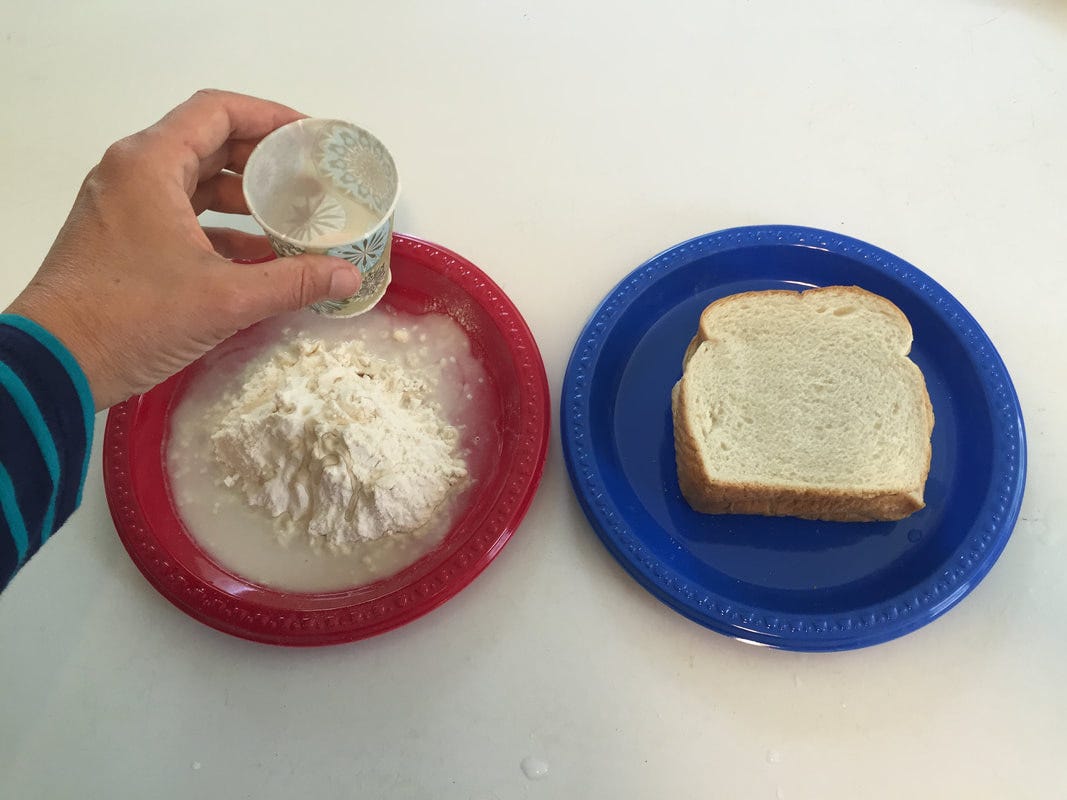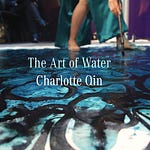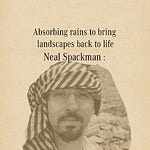From restoring peoples health to restoring the earth health, Didi Pershouse, brings her sweetness and wisdom to help heal humans and Gaia. She is the author of “Understanding soil health and watershed function”, and teaches ecological knowledge through her Land and Leadership Initiative. In conjunction with Walter Jehne, she has facilitated numerous water projects around the world.
Recently, Didi Pershouse and I got together online to have a conversation and to get to know each other. She asked if she could record our conversation for possible use for a future podcast of hers. I said sure, and asked if I could share the recording here too on my Climate Water Project newsletter/podcast. So here it is. This is more of a dialog, rather than the normal interview.
We got excited discussing good metaphors that illuminate aspects of water. She is famous for her flour and bread metaphor to understand the soil carbon sponge. Flour is analogous to dirt. Bread is analogous to soil. Flour can turn into bread with the help of yeast microorganisms. Dirt can turn into soil, through the help of microorganisms and fungi. Flour does not hold onto water as well as bread does. Dirt does not retain water as well as bread does.
I loved Didi’s soil bread analogy when I heard of it a while back, and decided to try it out. I put outside, on the porch, a dish with flour and a dish with bread. I soaked both with water, and watched as the flour dried up within a few hours, and observed with intrigue, as the bread stayed moist for three more days.
When the dirt turns to soil in our landscapes, it helps to retain the rain for longer, hydrating our ecosystems. Water can stay in the soil for weeks or months. Each extra one percent of carbon in our soil, helps to hold 20,000 gallons more water per acre foot. Retaining that water can mean the difference between floods happening or not to towns downslope. Storing the water in the soil can mean the difference between wildfires spreading or not.
We also discussed a metaphor I came up with of the museum, which explains how water flows through our landscapes. Imagine a line of people entering into a museum, and then after a period of visiting, exiting the museum. If people stay in the museum for only a few minutes there will not be as many people in the museum as if they stay for a few hours. In both cases though, we still have the same rate of people entering and leaving. If water stays in the landscape for only a short while, the landscape will not be as hydrated as when water is slowed in the landscape.
After we talked about a number of other things, Didi Pershouse looped back to this metaphor, and added that we can sometimes have rushes of people into the museum. If people’s stay in the museum is short, then that will lead to a rush of people leaving the museum a short while later. If people stay and enjoy the art for a few hours, the flow of people leaving the museum will be a steadier stream. If water is not slowed in the landscape, big storms will lead to large runoff events. If the water is slowed, then the water will be more distributed over a long period of time in the landscape before it flows out.
There can be multiple basement levels in the museum, which allow people to wander around for a long time. When they come up to the ground level of the museum, it helps keep that level be full of people. In a similar way if we can keep our aquifers filled, the landscape can stay hydrated into the dry season. Our current practices of depleting our aquifers, leads to dryer landscapes in dry season; a phenomena which leads to more wildfires.
I’m a fan of Didi Pershouse after meeting her, and maybe you will be too after listening to this podcast.
Didi’s website is landandleadership.org . On it you can find the various metrics local communities can use to measure how well they are doing ecologically, a metric she discusses in this podcast.
……..
This is a reader supported publication and podcast















Share this post